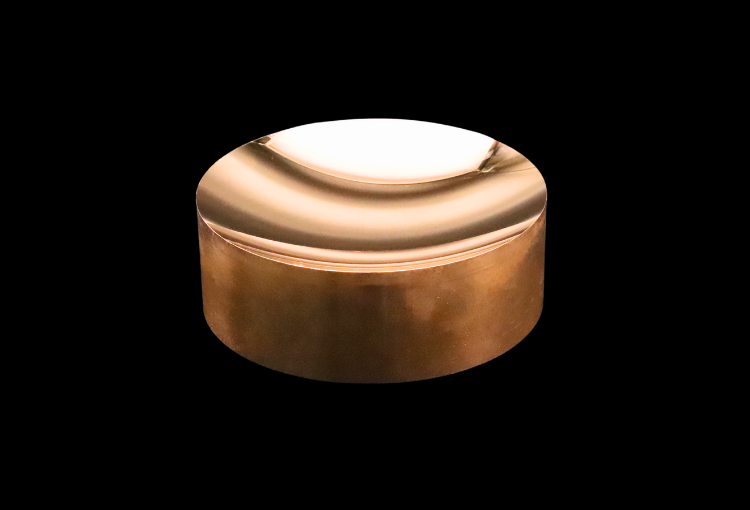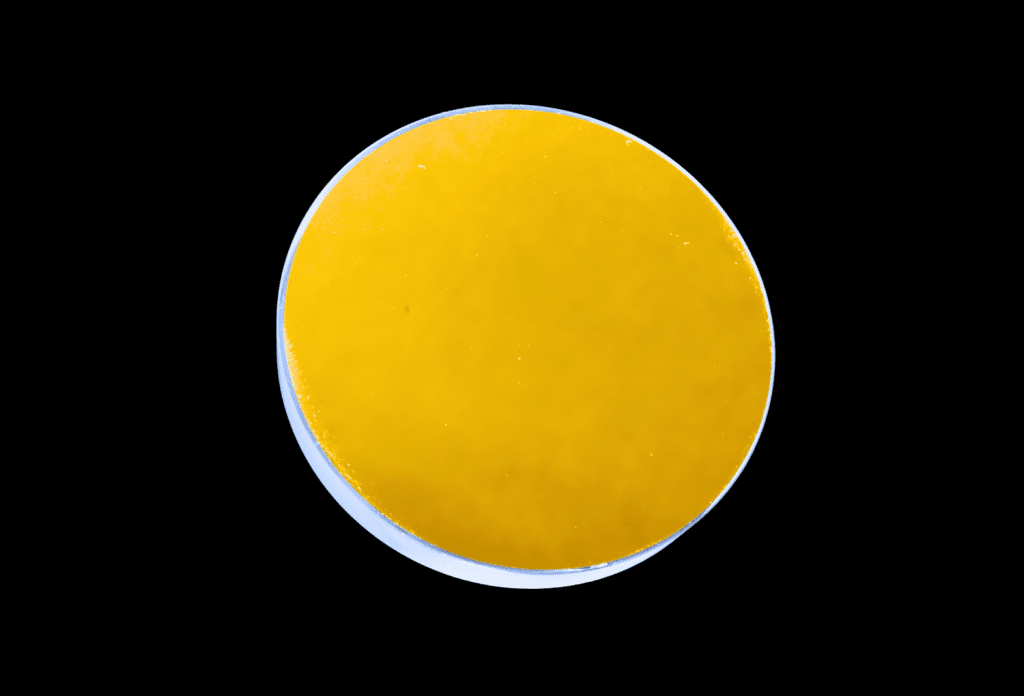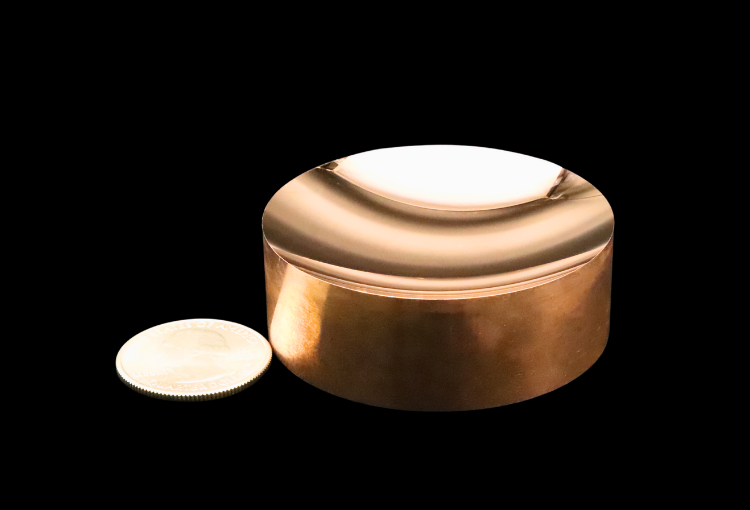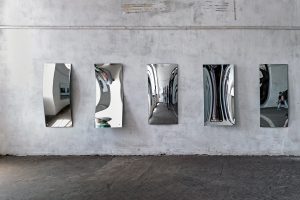Spherical Mirrors
Spherical mirrors, categorized as concave and convex, play a critical role in various fields due to their distinct image-forming capabilities. The behavior of reflected rays depends on the mirror’s curvature. Concave mirrors, with their inward curvature, converge incident rays parallel to the principal axis towards the focal point. This convergence leads to a variety of image formation possibilities, depending on the object’s distance from the mirror. Ray diagrams help visualize these image formation scenarios. Convex mirrors, on the other hand, curve outwards, causing reflected rays to diverge. As a result, they always form virtual images that are upright and smaller than the object. The relationship between the object’s position, the image formed, and the mirror’s focal length is described by the mirror equation, a crucial concept in understanding spherical mirrors.
Types of Spherical Mirrors
Spherical mirrors, which include concave and convex mirrors, are used to manipulate light. Ray diagrams help visualize how incident rays interact with these mirrors to form images. For instance, when rays parallel to the principal axis strike a concave mirror, they converge at the focal point. In contrast, for a convex mirror, parallel rays diverge as if they were emanating from the focal point behind the mirror. The images formed can be real or virtual, depending on the mirror type and the position of the object relative to the focal point.
- Concave Spherical Mirrors:
- These mirrors curve inward and have a reflective surface that can focus light. They have a positive focal length and a positive radius of curvature. Concave mirrors magnify objects placed close to them.
- Convex Spherical Mirrors:
- These mirrors curve outward and typically make objects appear smaller than they are. They have a negative focal length and a negative radius of curvature. Convex spherical mirrors are often used to expand the field of view in imaging systems.



Terminology of Spherical Mirrors
- Principal Axis: The line that is perpendicular to the center of the mirror.
- Vertex (Pole): The central point where the principal axis enters the mirror.
- Center of Curvature: The point on the principal axis that is equidistant from every point on the mirror’s surface. It’s also the center of the sphere from which the mirror is cut.
- Radius of Curvature: The distance from the center of curvature to the vertex.
- Focus (Focal Point): The point where parallel rays of light either converge (in the case of concave mirrors) or appear to diverge from (in the case of convex mirrors).
Focal Length
- This is the distance along the principal axis from the vertex to the focus. For a single mirror, the focal length is always half the radius of curvature.
Spherical Aberration
- Spherical mirrors can exhibit spherical aberration, a distortion in the image caused by variations in the focal length for different points on the mirror’s surface. This effect becomes more significant as rays strike the mirror further from the principal axis.
Manufacturing
- Avantier uses computer-controlled sub-aperture tools for precise spherical surface manufacturing.
- Post-processing techniques are employed to reduce surface roughness and wavefront errors.
- Controlled polishing methods and engineering techniques are used to meet tight specifications.
Custom Spherical Mirrors
- Avantier offers custom solutions (concave and convex) if the in-stock options don’t meet specific requirements.
- Our design team can collaborate with customers to determine ideal specifications and create optical systems that meet specific needs.
- Our manufacturing facility is equipped with advanced equipment, and rigorous quality checks are performed on all optics produced.
Factory Standard of Spherical Mirrors
Spherical Tolerance | λ/4 |
Diameter | +0, -0.2mm |
Surface Quality | 40-20 |
Clear Aperture | >90% diameter |
Radius of Curvature | +2% |
Bevel | 0.2mmx45°typical |
Thickness | +0.2mm |
Material | BK7 |
Durability | to MIL-C-675 |
Reflectance | R>85% (350-1550nm) |
Concave Spherical Mirrors
Radius of Curvature, R (mm) | Diameter, D(Inches) | Diameter, D(mm) | Edge, Te (mm) | Center, TC (mm) |
50 | 1 | 25.4 | 7 | 5.4 |
50 | 1.97 | 50 | 13 | 6.3 |
50 | 2 | 50.8 | 13 | 6.3 |
100 | 0.98 | 25 | 5 | 4.2 |
100 | 1 | 25.4 | 5 | 4.2 |
100 | 1.97 | 50 | 10 | 6.8 |
100 | 2 | 50.8 | 10 | 6.8 |
250 | 0.98 | 25 | 5 | 4.7 |
250 | 1 | 25.4 | 5 | 4.7 |
250 | 1.97 | 50 | 8 | 6.7 |
250 | 2 | 50.8 | 8 | 6.7 |
500 | 0.98 | 25 | 5 | 4.8 |
500 | 1 | 25.4 | 5 | 4.8 |
500 | 1.97 | 50 | 8 | 7.4 |
500 | 2 | 50.8 | 8 | 7.4 |
1000 | 0.98 | 25 | 5 | 4.9 |
1000 | 1 | 25.4 | 5 | 4.9 |
1000 | 1.97 | 50 | 8 | 7.7 |
1000 | 2 | 50.8 | 8 | 7.7 |
2000 | 0.98 | 25 | 5 | 5 |
2000 | 1.97 | 50 | 7.8 | 8 |
4000 | 0.98 | 25 | 5 | 5 |
4000 | 1.97 | 50 | 7.9 | 8 |
Our optical engineers are available to provide custom spherical mirrors and can help you design and produce a mirror that best matches your application. Please contact Avantier if you’d like to schedule a consultation or request for a quote on your next project.
WE CAN HELP YOU!
Contact us NOW for sales & expert advice.





